How Often Should A Cat Pee? 🐱💦

Understanding your cat’s behaviors, including their bathroom habits, is crucial to ensuring their health and happiness. ![]()
One question we often get asked is, “How often do cats pee?” This seemingly simple question can actually tell you a lot about your cat’s health.
In this article, we’ll delve into the details of a cat’s urination habits, what’s normal and what’s not, and what changes in these habits could mean for your cat’s health. We’ll also provide some tips on how to keep your home free of urine odors. So, let’s get started!
Understanding Your Cat’s Urination Habits 🧐
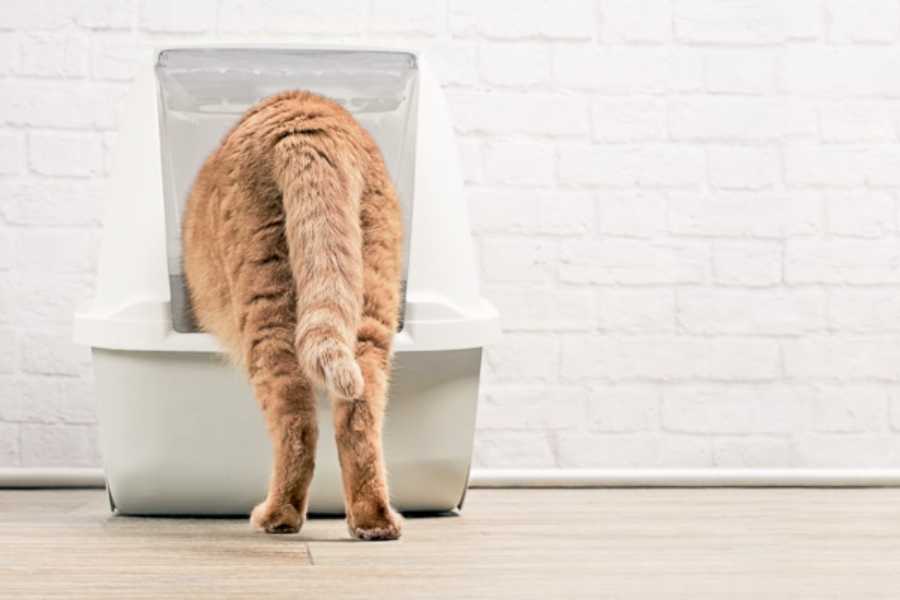
Knowing how often your cat should urinate is essential to identifying any potential health issues. If you use clumping litter, it’s easy to track how many times your furry friend pees and roughly how much, as the urine is nicely contained in clumped litter balls.
With clumping litter, the average adult cat produces two to three clumped urine balls per day. If you use regular absorbent litter, you can note how many wet spots there are and their relative size. If you have more than one cat and more than one litter box, you can estimate the amount of pee produced daily by simply dividing the number of urine spots by the number of cats.
How Long Can Cats Go Without Peeing? ⏰

Cats are usually very active creatures, but if your cat is not peeing, it could indicate a health issue. Cats can go up to a period of 24 to 48 hours without peeing, but regular peeing is a sign of healthy kidney function. If your cat is not peeing as often as they should, it’s essential to get their kidneys checked. It could also indicate other health issues such as diabetes or a blockage in the urinary tract.
According to the ASPCA Complete Cat Guide, if the urinary tract is blocked, the cat will live for only 48 to 72 hours. This condition can be fatal and may end up claiming your cat’s life. If you notice any changes in your cat’s urination habits, it’s crucial to take them to a vet immediately. You can read more about cat health issues in our article 21 warning signs your cat is crying for help.
How Many Times a Day Should Cats Pee? 📅
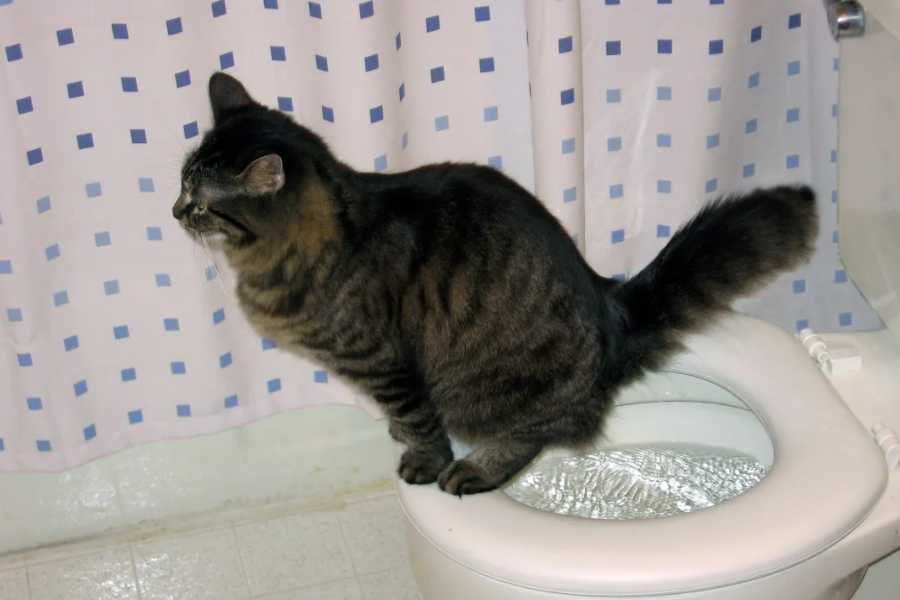
The regular peeing rate for cats is not more than four times a day. However, this rate may vary depending on several factors such as weather conditions, breed, water intake, and food habits. ![]()
For instance, lack of moisture or dryness can increase the peeing rate. But even so, six to seven times a day is not considered normal. If your cat is peeing more than usual, it’s important to take them to a vet for a check-up.
Factors That Can Affect Your Cat’s Peeing Habits 🌡️
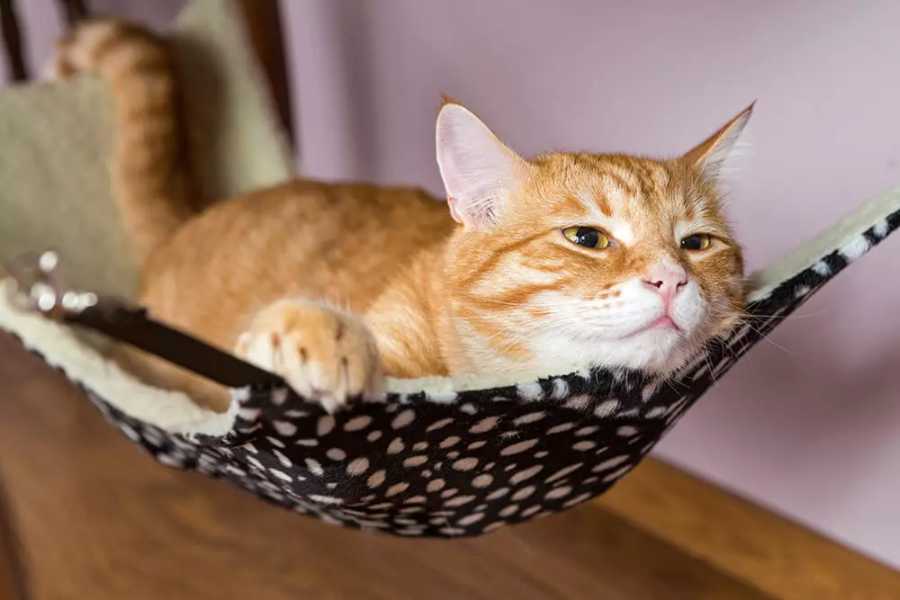
Several factors can affect your cat’s peeing habits. These include:
Breed: Each breed has a hereditary link up with the place they are supposed to be. For instance, a cat that has her backlinks in Egypt may not be okay in Alaska due to the varying climates. You can learn more about different cat breeds in our article 17 best cat breeds for first time owners.
Water Intake: If your cat is drinking more and peeing more, she might be adapting to certain new things. You can read more about cat hydration in our article why cat wont drink water how much water should my cat drink.
Food Habits: Different foods, dry or wet, have different water levels, which can affect the peeing habits of your cat. You can learn more about cat nutrition in our article top 10 reasons why your cat should eat raw food.
Habitats: There is a difference between stray cats and cats who like to stay at home. Stray cats are often stronger and less hygienic than the ones staying at home.
Monitoring Your Cat’s Urine 🧪
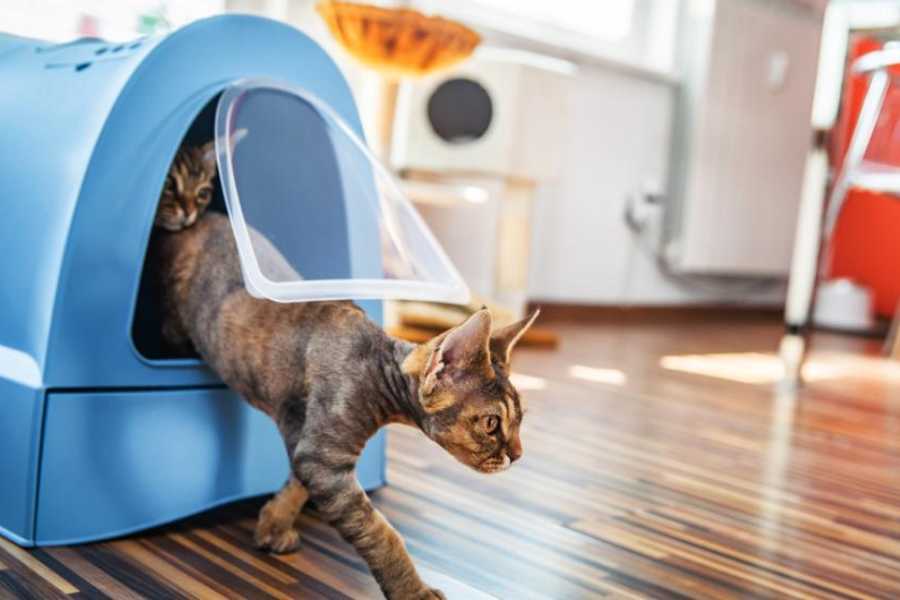
When monitoring your cat’s urination habits, you may want to take note of the color and scent of the urine. Normal cat pee should be a pale straw-like yellow color, and the urine should not be cloudy or opaque.
Changes in the color of pee, if it looks dark or too light, or contains dark floating debris, are cause for concern and may be associated with a bladder or kidney condition. ![]()
Normal urine typically has a slightly pungent, acidic scent that is not particularly offensive. However, if you have an unaltered tom (male) or female cat, their urine will smell much stronger and more acidic due to hormones excreted in the urine.
Tips to Keep Your Home Free of Urine Odors 🏠
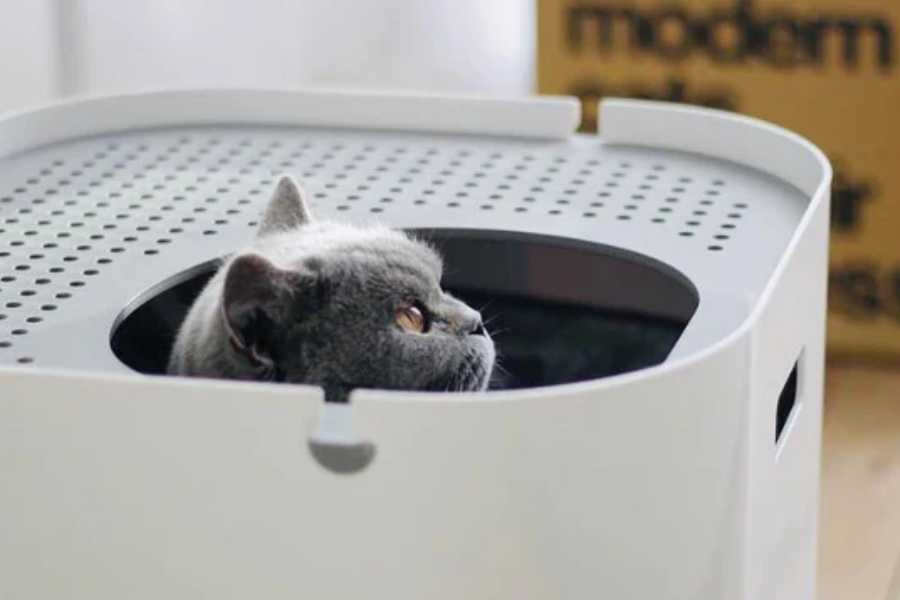
Urine odors can last for months in your home if you do not take care of them properly. Here are some tips to help eliminate them:
Clean up the soiled area: You have to clean up the soiled area with a mixture of warm water and vinegar. You can use these solutions to scrub off any stains on your furniture or carpet until they are completely gone. If there is no stain, then you can just wash the area with plain water.
Blot out or absorb any excess liquid: Once you’ve cleaned the area, you have to blot out or absorb any excess liquid coming from your furniture or carpet using a paper towel or sponge. Once this is done, you also have to let the area dry. You can use a fan or hair dryer to help speed up the process.
Deal with any remaining stains: If there is any stain left after blotting out the excess liquid on the surface of your furniture or carpet, then you will have to use the vinegar solution to deal with the problem. Just follow the steps mentioned above and make sure that you blot out as much liquid as possible before applying any more vinegar.
In conclusion, understanding your cat’s urination habits can provide valuable insights into their health. If you notice any changes in these habits, it’s crucial to consult with a vet immediately. Remember, your cat’s health is always a priority!
Frequently Asked Questions (FAQs) ❓

Q: How often should a healthy cat pee? A: A healthy cat typically pees two to three times a day. However, this can vary depending on factors like diet, water intake, and weather conditions.
Q: What does it mean if my cat is peeing more than usual? A: If your cat is peeing more than usual, it could indicate a health issue such as a urinary tract infection, diabetes, or kidney disease. It’s important to consult with a vet if you notice any changes in your cat’s urination habits.
Q: What color should my cat’s urine be? A: Normal cat urine should be a pale straw-like yellow color. If the urine is dark, too light, or contains dark floating debris, it could indicate a bladder or kidney condition.
Q: How can I get rid of cat urine odor in my home? A: To get rid of cat urine odor, clean the soiled area with a mixture of warm water and vinegar. Blot out or absorb any excess liquid and let the area dry. If any stains remain, apply more vinegar solution and repeat the process.
Thanks for reading! ![]()
Tags
Share
Table Of Contents
Related Posts
Quick Links

